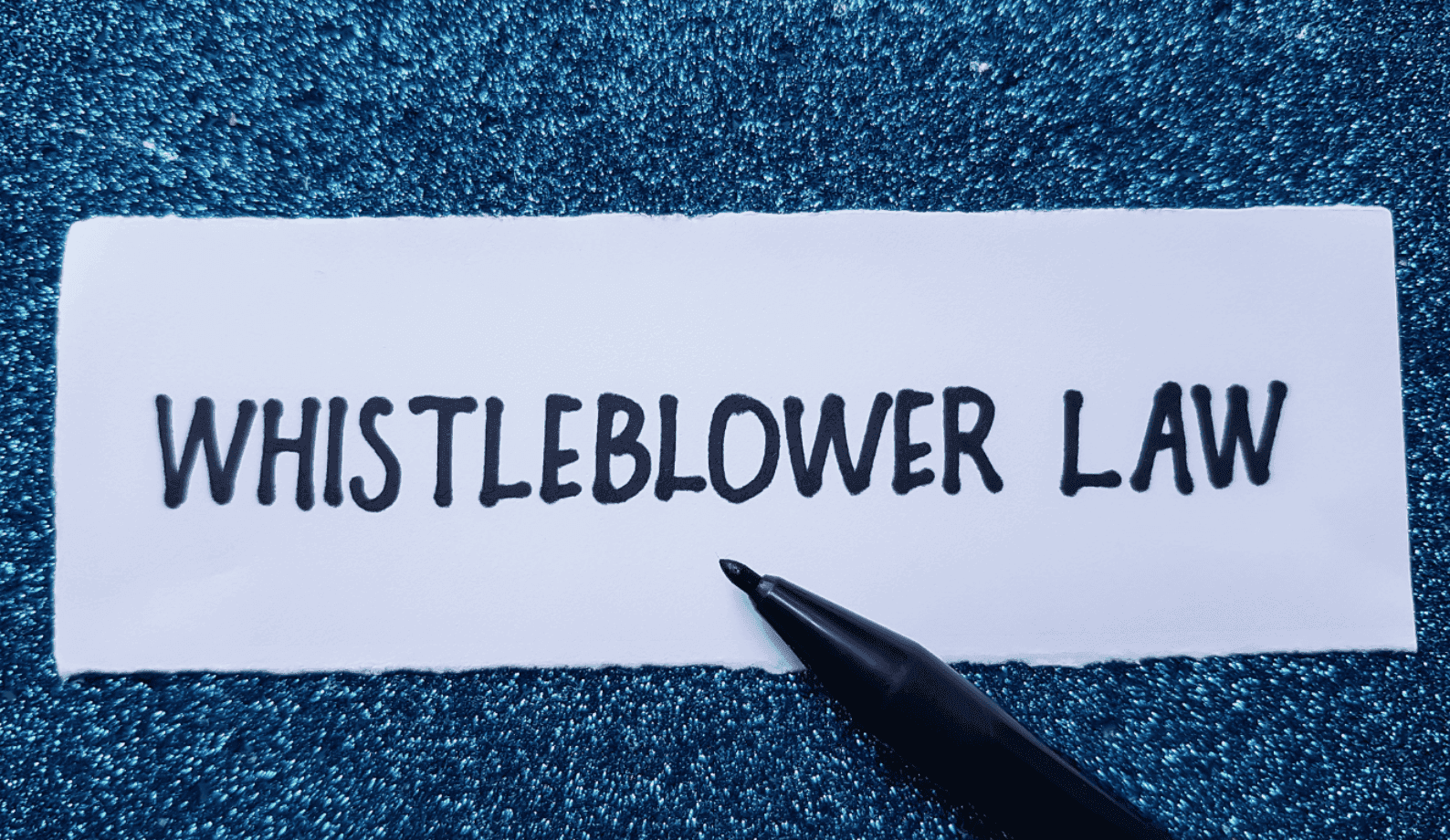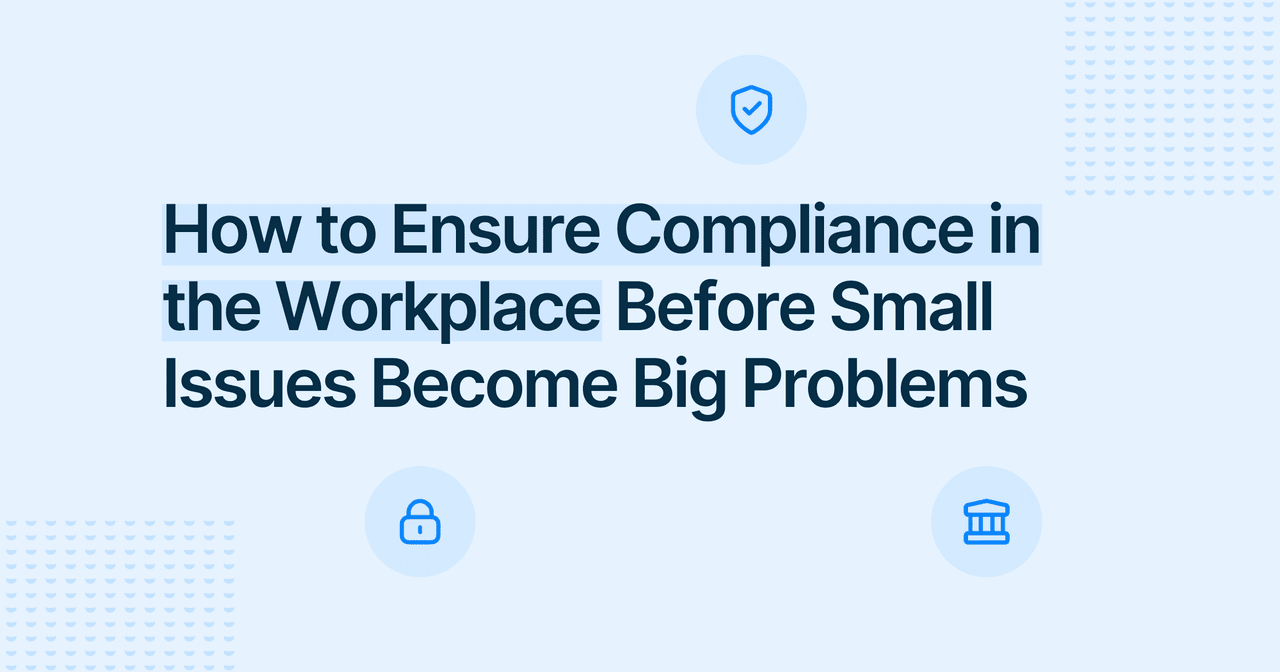



Bring All Confidential Reports Into One Secure Place
We’ll assess your needs and recommend the right setup for anonymous reporting or surveys - aligned with your compliance or HR goals.
Legal & Compliance

Alaa El-Shaarawi
Copywriter and Content Manager
Published
2025-10-31
Reading time
9 min


Table of contents
Subscribe to our newsletter
Australia’s whistleblowing laws are complex and constantly evolving. Public, private, not-for-profit, and aged care organisations must navigate federal and state legislation, each with distinct obligations, protections, and reporting channels.
Many organisations and individuals face the same questions:
This guide breaks down the complexity with clear explanations, sector examples, and actionable steps for building a strong speak-up culture that meets every legal requirement.
Before creating or updating your whistleblowing framework, it helps to understand how Australia’s laws fit together. The national framework combines several overlapping federal and state laws, each setting out who’s protected, how reports must be made, and what obligations organisations must meet.

Federal laws form the backbone of Australia’s whistleblowing system. They set out how both public and private sector organisations should handle reports of wrongdoing, and how those who speak up are protected.
Whistleblowing obligations don’t exist in a vacuum. To really protect your people and your organisation, you also need to pay attention to related laws and standards:
Public and large proprietary companies now must have a whistleblowing policy, with strong protections against victimisation. Reports can go to regulators, and, in limited cases, even journalists, giving people confidence to speak up.
Organisations have a proactive duty to prevent harassment. The AHRC can now investigate and issue compliance notices, so embedding clear reporting channels and protective measures is essential.
Having clear internal dispute procedures and staff training is expected. This helps distinguish ordinary workplace complaints from protected disclosures.
Identifying and managing risks like fatigue, bullying, and high job demands is now codified in model codes of practice across several states.
Taken together, these frameworks help create a workplace that’s safe, fair, and accountable.
A whistleblowing solution like FaceUp makes it easier to meet these obligations, offering secure anonymous reporting, anti-retaliation messaging, configurable categories for AU-specific risks, and tools to show proactive compliance.
On top of federal legislation, every state and territory has its own version of a Public Interest Disclosure (PID) Act. These laws mainly cover public sector employees and differ in how reports can be made and who oversees them.
If your organisation operates across multiple jurisdictions, check which laws apply in each one. This helps prevent compliance gaps and conflicting processes.
Different rules, one goal: protecting those who speak up.
| State / Territory | Legislation |
| New South Wales (NSW) | Public Interest Disclosures Act 2022 |
| Victoria | Public Interest Disclosures Act 2012 |
| Queensland | Public Interest Disclosure Act 2010 |
| Western Australia | Public Interest Disclosure Act 2003 |
| South Australia | Public Interest Disclosure Act 2018 |
| Tasmania | Public Interest Disclosures Act 2002 |
| Australian Capital Territory (ACT) | Public Interest Disclosure Act 2012 |
| Northern Territory (NT) | Public Interest Disclosure Act 2008 |
Once you know which laws apply, the next step is understanding who qualifies as a whistleblower and what kinds of disclosures are protected.

| Eligible Whistleblower | Examples |
| Current or former employees | Full-time, part-time, casual staff |
| Officers | Directors, company secretaries, senior managers |
| Contractors & their employees | Third-party consultants, freelancers |
| Suppliers & associates | Service providers, joint venture partners |
| Relatives or dependents | Family members affected by wrongdoing |
In short, anyone close enough to see what’s really going on should feel safe to speak up.
Not every workplace issue qualifies as whistleblowing. Typically, protected disclosures include:
A whistleblower only needs reasonable grounds to suspect wrongdoing; absolute proof isn’t required. Ordinary workplace grievances, like conflicts or performance complaints, usually aren’t protected unless linked to serious misconduct.
Knowing your rights builds trust and helps organisations stay on the right side of the law. In Australia, whistleblowers are protected under federal law (Public Interest Disclosure Act 2013 (Cth)) as well as the state and territory Public Interest Disclosure Acts.
These laws don’t just encourage people to speak up. They make sure you’re protected when you do.
Here’s what you should know before making a disclosure:

Turning policy into practice is where real protection begins. These steps help organisations move from legal awareness to everyday compliance, and build a culture where speaking up is safe, clear, and trusted.
Map your organisation’s landscape: federal, state, and sector-specific rules, including Corporations Act reforms, PID Acts, Fair Work grievance guidance, Respect@Work positive duty, and psychosocial risk codes.
This determines who’s protected, what qualifies as a report, and which reporting channels to provide. Make sure reporting processes are consistent across all jurisdictions so employees always know where to go.
Your policy should meet legal requirements and be simple to understand. Include:
People won’t speak up if the process feels risky or unclear. Use secure, user-friendly channels like FaceUp and offer multiple entry points (online, hotline, HR, legal).
Make sure the process addresses psychosocial hazards, harassment prevention (Respect@Work), and grievance handling expectations (Fair Work guidance). Clear guidance shows employees they’re protected, not punished.
Whistleblowing isn’t just HR’s responsibility. Embed reporting within risk, compliance, governance frameworks, and psychosocial risk management systems so reports don’t get lost.
Executives need to understand legal obligations under the Corporations Act, PID Acts, and sectoral codes. Assign ownership and keep leadership informed.
Run short, practical sessions for staff, managers, and leadership. Real-life examples and scenario-based exercises are more effective than one-off briefings.
Include guidance on Respect@Work positive duty, psychosocial hazards, and grievance resolution procedures to ensure legal compliance across all staff levels. Managers should understand how to respond lawfully, empathetically, and without retaliation.
Document every step: who received reports, actions taken, and communications sent. Even minor details can be important if regulators or auditors review your processes. This supports obligations under Corporations Act reforms, PID Acts, Fair Work guidance, and compliance notices issued under Respect@Work.
Don’t wait for an actual report to see if your system works. Use anonymous drills or mock disclosures to test reporting channels and internal responses.
Platforms like FaceUp make this easy to simulate safely. Include scenario testing for harassment, psychosocial risks, and workplace grievance processes to ensure alignment with all relevant legal duties.
Real-world cases show what happens when systems fail, and why early reporting and strong protections matter. Each of these examples could have turned out differently with the right whistleblowing framework in place.
In 2023, TerraCom paid $7.5 million to settle with ASIC after a former GM claimed he was dismissed for refusing to falsify coal quality data. Stronger reporting channels aligned with Corporations Act reforms and anti-victimisation measures could have prevented this costly fallout.
In 2022, a contractor raised concerns about governance on the $1B M1 upgrade. Their assignment was terminated, and an investigation later confirmed senior staff had breached whistleblower protections. Clear alignment with the PID Act and internal grievance procedures could have prevented retaliation and supported lawful disclosure.
Between 2019-2025, a class action highlighted understaffing and substandard care. Integrating whistleblowing, psychosocial risk management, and Respect@Work positive duty obligations could have flagged issues earlier, protecting staff and residents.
Australia’s whistleblowing landscape is evolving. New reforms are reshaping how reports are handled and protections are enforced. Staying ahead of these changes helps organisations stay compliant and builds confidence among employees who speak up.
Organisations should review policies, reporting channels, and training programs now to prepare for upcoming changes.
When whistleblowing systems break down, the consequences go beyond fines or investigations. They can erode trust, damage reputations, and weaken the organisation from within. Building strong, safe reporting systems protects both people and integrity.

FaceUp’s whistleblowing platform supports organisations in navigating Australia’s complex legal environment. It helps to:
FaceUp builds confidence, not just policies. Clear processes, a committed culture, and technology that empowers safe reporting = compliance that actually works.
Effective whistleblowing goes beyond compliance. It’s about creating trust through clear processes, consistent communication, and secure technology that empowers people to speak up safely.
With FaceUp, you can manage multi-jurisdictional compliance, simplify reporting, and build a culture where transparency thrives.
Ready to implement a whistleblowing system that actually works? Book a demo with FaceUp today.




We’ll assess your needs and recommend the right setup for anonymous reporting or surveys - aligned with your compliance or HR goals.
Keep Reading

Alaa El-Shaarawi2025-12-087 min
Workplace Environment

Alaa El-Shaarawi2025-12-058 min
Legal & Compliance

Alaa El-Shaarawi2025-12-048 min
Legal & Compliance

Alaa El-Shaarawi2025-12-037 min
Legal & Compliance